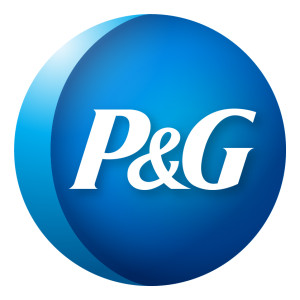Brand Sale: Procter and Gamble Shakes up Brand Portfolio
Proctor and Gamble has been a case study for branding strength for the past 50 years. Its market insight, audience-centricity and ability to invest in brands have grown its brand portfolio to 180 total brands, including 23 different billion-dollar brands.
 Brands have come into the P&G fold through internal innovation (think Swiffer) as well as through acquisition like Gillette, Duracell and Braun. Through a multi-brand approach, P&G has been one of the few companies to win entire categories– like laundry detergent with brands such as Tide, Gain, Era and many more.
Brands have come into the P&G fold through internal innovation (think Swiffer) as well as through acquisition like Gillette, Duracell and Braun. Through a multi-brand approach, P&G has been one of the few companies to win entire categories– like laundry detergent with brands such as Tide, Gain, Era and many more.
In the past when marketing dollars flourished, route to consumer communication was simple through major network TV and the battle for shelf space was won through a handful of macro-retailers, the P&G model excelled. Other consumer brand holding companies like Unilever and Newell Rubbermaid tried to emulate the P&G model through consumer insights and go-to-market excellence.
But as we know, the market today is different than it was even 5-10 years ago. The consumer is savvy, their ability to gain information from a wide array sources has increased, their ability to communicate with one another is broader and easier and the customer landscape in an omni-channel world is ever expanding.
In order to meet greater global market complexities, P&G has decided to alter their approach towards the market with one of most publicized brand portfolio shakeups we’ve seen in recent years. A.G. Lafley, the company’s chairman, president and CEO has cast a vision of a future P&G that is “a much simpler, much less complex company of leading brands that’s easier to manage and operate.”
What does this mean for the marketplace?
Surely, there are active groups of companies doing internal market analysis for which of the P&G brands they could get their hands on, which brands if purchased could best complement their brand portfolios, and how could they fund these house-hold-named brands in order to win greater market success. This strategy can be seen with Coty, a global beauty products manufacturer, buying up 43 P&G beauty brands to align to its global brand portfolio.
The brands that P&G decides to keep will surely continue to be strong, well-known, well- funded and most likely have more innovations and partnerships between brands to bolster brand strength in place of creation of new product brands– think Tide, Tide Pods, Tide HE Turbo, Tide with Febreze, etc.
I will miss the idea of a P&G giant portfolio, mostly because it reminds me of simpler times. I was hoping that fewer, bigger, better was only in the minds of the scrappy – but it seems that even this marketing giant has to face the reality of scarce resources, improved profitability and streamlined go-to-market strategy. I have no doubt that P&G will execute with excellence, and I’m excited to see what the purchasers of these global brands have in mind for the P&G brands entering their portfolios. It’s one of the things I love most about marketing and brand strategy; time will only tell who does it best.
Addison Whitney is a global branding firm with a passion for building strong brands.
To learn more about Addison Whitney, visit our website at AddisonWhitney.com, or contact us here.
